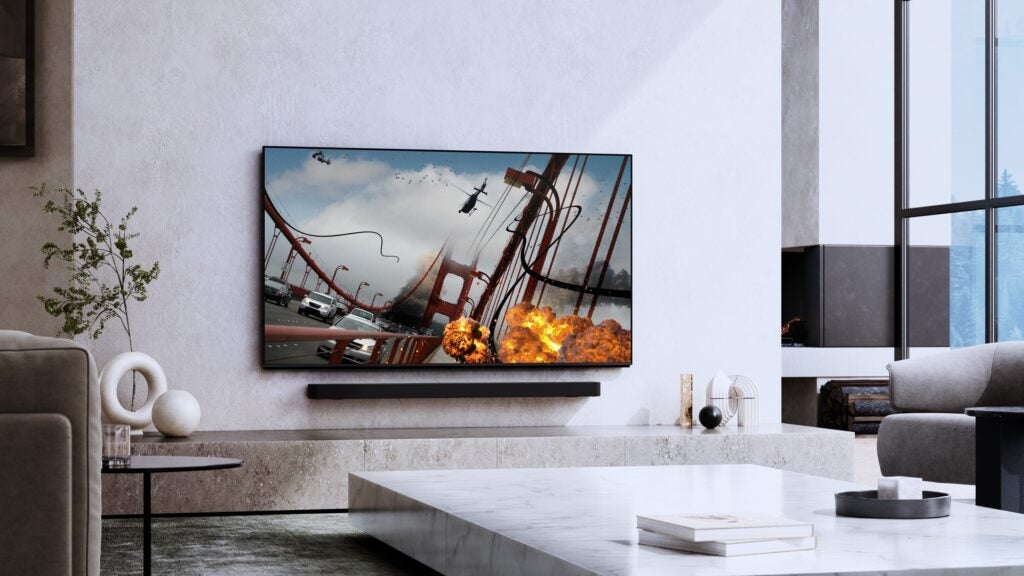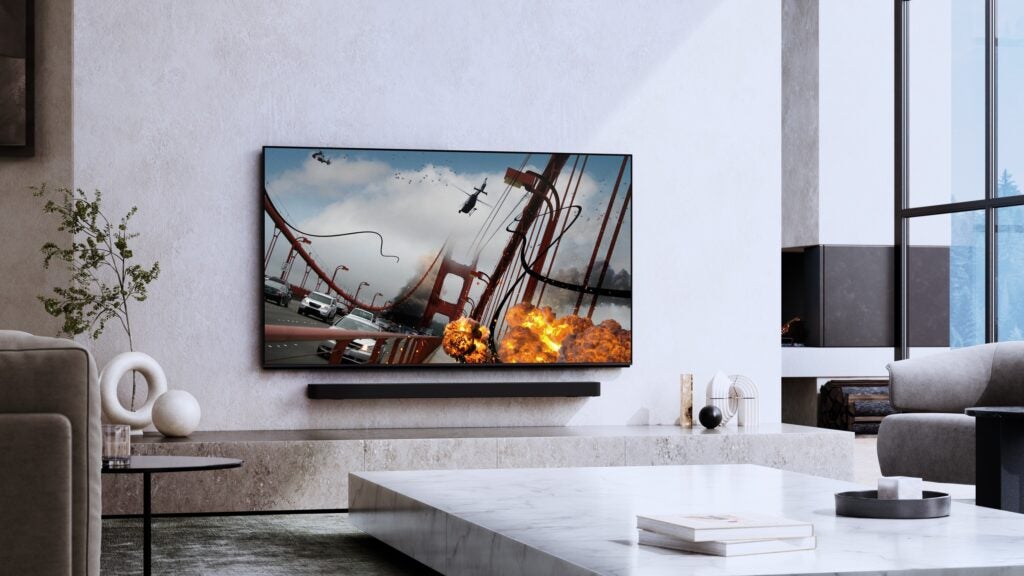
OPINION: As you might have noticed, Sony has revealed what it’s bringing to the TV market for 2024 and it’s got the AV sphere of the Internet all hot and bothered.
Sony’s new backlighting tech did look very impressive when I saw it at CES 2024 and as usual, the nature of the reports have pitted Mini LED vs OLED, which is not unsurprising, but the way some have commented is as if Sony’s XR Backlight Master Drive will somehow replace OLED TVs.
It will not
No picture TV technology is perfect, whether it’s a Full Array Local Dimming backlight, OLED, Mini LED, Micro LED – they all have their strengths and weaknesses, and they all pursue a different philosophy for picture quality.
That’s not to say that they don’t cross paths in some way, but having these technologies is a way of offering choice to the consumer. Sony’s big bet for the future of its BRAVIA TVs is that it believes content will be mastered at higher brightness. Those who create content are mastering at higher brightness – in some cases up to 4000 nits. But does that mean you’ll see that level of brightness on your TV at home? No.
I doubt Sony will comment on the specifics of its 2024 TVs but I’ll make an assumption and say they won’t be able to hit 4000 nits of peak brightness. Having a higher peak brightness does lead to increased colour volume (the range of colours visible at different levels of brightness), which then makes for a colourful image, but that brightness has to be controlled to avoid blooming that affects a TV’s black levels. It looks as if Sony’s new backlight technology may be able to achieve this, but as I wrote earlier, no TV tech is perfect.
Most of the work in mastering content for film and television appears to be at the darker end of the light spectrum. I don’t think many have forgotten about the Game of Thrones and House of the Dragon episodes that took this to an extreme, but TVs going forward will have to manage both ends of the spectrum, and the self-emissive nature of OLED screens will have the advantage in terms of pixel level precision dimming.


Furthermore, the upcoming BRAVIA 9 looks to only be available at 75- and 85-inches, selling for £4499 and £4999 respectively. That’s respectably priced against the likes of the LG G4 OLED, but as this particular model is only available at those sizes, that restricts it to bigger homes and even bigger wallets and indicates that Sony, like other TV manufacturers, thinks the future of TVs is bigger.
We’ll have to wait and see if Sony’s bet for the future of TV works out but it looks as if Sony is willing to shake things up, and the TV industry does need something of a jolt to propel it forward.






